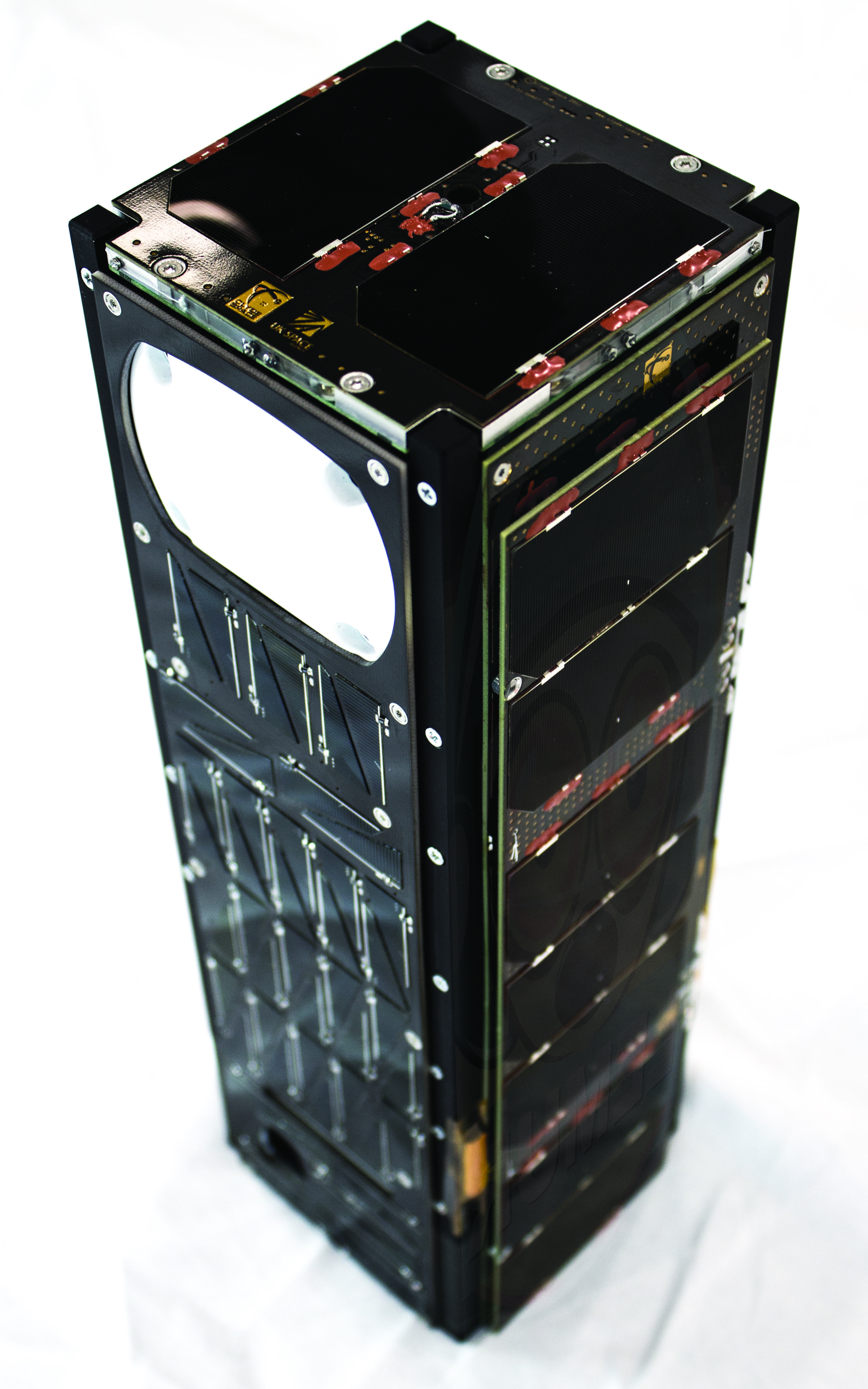San Francisco-based remote-sensing company Spire is one such company trying to reduce disasters at sea, and its next stop is India. In the next 14 months, it wants to put a constellation of 20 nano-satellites in the lower earth orbit over India with the help of the Indian Space Research Organisation.
Nano-satellites, as the name suggests, are small satellites. They weigh less than 10 kg and are launched in lower earth orbits. This helps reduce the time they take to circle the planet. Where traditional satellites, circling some 30,000 km above, take several hours or even days to revisit a spot above the earth’s surface, nano-satellites, up at a distance of about 400 km, can take as little as 30 minutes. As a result, they can pick up signals like pings from a ship’s Automatic Identification System from a patch of ocean with greater frequency. They can check faster if a signal has disappeared, like when a pirate disables a ship’s communications, making it easier to close in on its possible location.
The same goes for airplanes flying over the earth’s oceans. “The unfortunate accident in the Pacific with the Malaysian Airlines flight (MH-370) is the kind of thing our constellation is built to prevent from,” said Peter Platzer, chief executive officer of Spire.
Nano-satellites can also give weather monitoring a boost, said Scott Hartley, venture capitalist and an advisor to Spire. The company will create data plans to which government and private agencies can subscribe.
A small and loaded spacecraft

Photo: Spire
A Spire satellite is made up of three units, each a 10 centimeter cube, which makes it no bigger than a wine bottle. The cubes carry an array of sensors – a magnetometer, accelerometer, gyroscope, infrared, optics, temperature and radiation gauges – all linked up to a microcontroller. The satellite has wing-like deployable solar panels that can emerge from its body to boost power production.
Spire has tied up with the Indian Space Research Organisation, which will put its constellation of 20 satellites into space, some on upcoming PSLV missions.
One PSLV rocket can carry between two and 20 nano-satellites. The PSLV-C23 launch in June this year carried five satellites into space, of which one was the German AISAT nano-satellite also designed for maritime vigil. PSLV-C20 in February 2013 put UK’s STRaND – a satellite weighing just 6.5 kg that comprises of a Google Nexus smartphone – into orbit.
Cheap and disposable
“A typical satellite can cost hundreds of millions of dollars and these nano-satellites cost about $100,000,” said Hartley. Launching nano-satellites from India costs even less.
“Any small satellite developer spends about $300,000-$500,000 for putting a 5 kg satellite in orbit,” estimated Sanjay Nekkanti, founder and CEO of Bangalore-based Dhruva Space. “For a similar satellite the cost is about 40% lower when we do it from India.” Dhruva Space has tied up with Spire to help the company set up its ground station operations in India.
Nano-satellites have a short shelf life of about 2 years. Orbiting low over the earth’s atmosphere, they are subject to its drag. As they descend into the atmosphere, they burn up, leaving behind no space debris.
Governmental push
In India so far, nano-satellites have been experimental spacecraft built and launched by university students aided by ISRO. IIT Kanpur’s Jugnu launched in 2011 was India’s first such venture. Jugnu, which was tracked for over 2 years, stopped giving out a signal only a few months ago. SRMSat, developed by students of SRM University in Chennai, was put into orbit to monitor water and carbon dioxide levels in the atmosphere.
While foreign companies like Spire are lining up to make nano-satellites commercial in India, M Loganathan, a retired ISRO scientist and project architect at SRM University, feels that unless national space agencies make a push to promote the technology it will not have any real-world application.
“A private company will find it tough to build operational systems in India,” Loganathan said. “In the United States, NASA is promoting the private industry to come up with rockets and satellites. That way the companies establish themselves and it becomes a profitable industry. In India it is not so. The government does not purchase the satellite.”
Spire, on the other hand, remains confident about its India plans and does not anticipate regulatory hurdles along the way. “By the summer of 2015, you will have almost our full constellation so you can expect our service products by then,” said Platzer.










